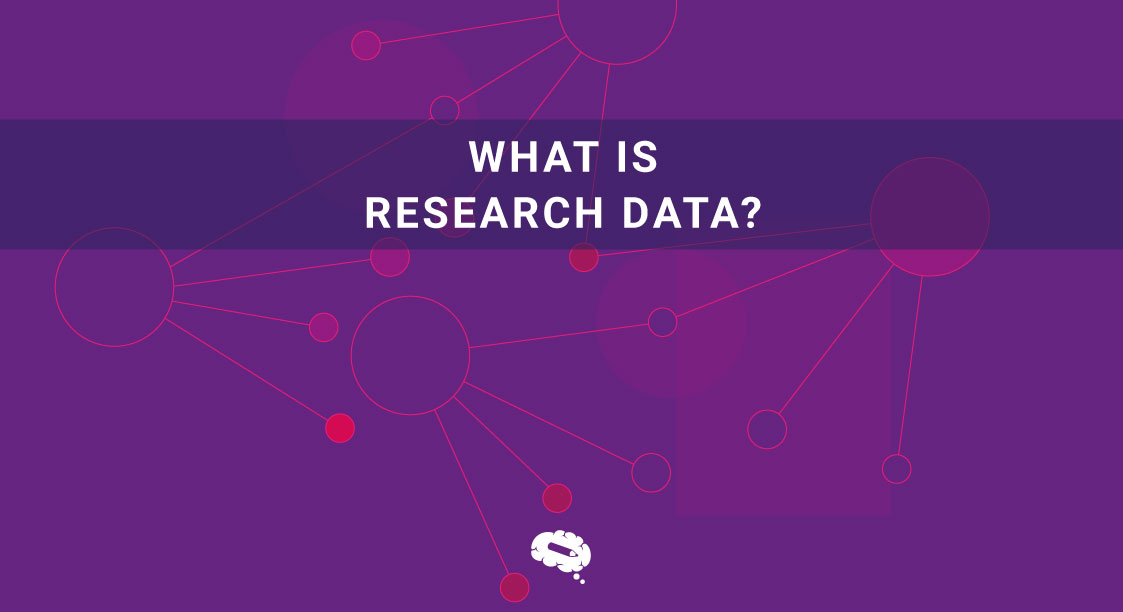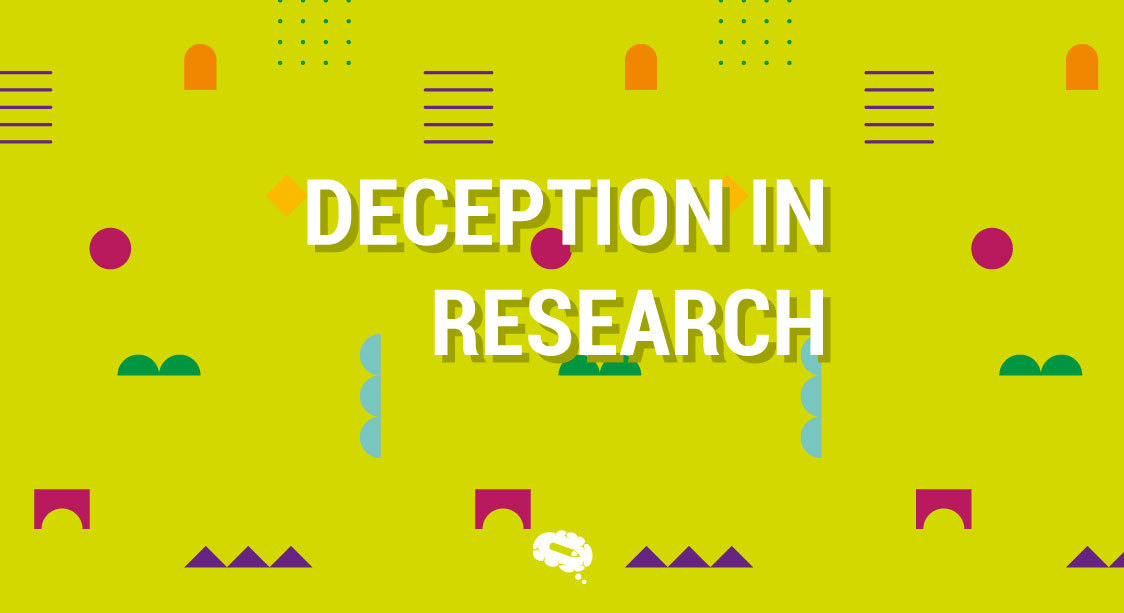Research is an essential part of any academic or professional pursuit. Whether you are a scientist, a scholar, or a business owner, research is necessary to gain new knowledge, insights, and solutions.
However, not all research is the same. Depending on the purpose, scope, and type of data, research can be classified into various types. In this article, we will explore the different types of research and their characteristics.
Classification of Types of Research
What are the types of research? Types of research refer to the different approaches that researchers can use to investigate a research question or problem. Research is a systematic and structured investigation aimed at discovering new knowledge or validating existing knowledge. The methodology used in a research study is often determined by the type of research being conducted. Learn more about Methodology in Research.
There are various types of research, and each type of research is conducted for a specific purpose, scope, and type of data.
Classification by Purpose
Theoretical Research
Theoretical research is conducted to develop new theories, concepts, and frameworks that can be applied to various fields. The goal of theoretical research is to expand our knowledge and understanding of a particular subject. It involves testing existing theories and hypotheses, generating new ones, and constructing models to explain observed phenomena.
Theoretical research is usually conducted in the natural sciences, social sciences, and humanities. In the natural sciences, it involves developing new theories and models to explain natural phenomena. In the social sciences, it aims to develop new theories and frameworks to explain human behavior, social processes, and cultural events. In the humanities, it aims to develop new theories and frameworks to explain cultural and artistic expressions.
Applied Research
The purpose of applied research is to solve practical problems and improve our understanding of the real world. It involves using scientific methods and theories to develop practical solutions to specific problems or challenges, unlike pure research, which seeks to expand our knowledge without any specific application in mind, applied research is focused on producing practical outcomes that can be used in a variety of settings, such as industry, medicine, and public policy.
The main goal of applied research is to improve our ability to predict, control, and manipulate real-world phenomena to create tangible benefits for society. Whether it involves developing new technologies, improving existing products, or creating new policies, applied research plays a crucial role in advancing our knowledge and improving our ability to solve practical problems.
Here’s a more detailed explanation of the three types of applied research:
Evaluation Research: This is used to assess the effectiveness of programs, policies, or interventions. It involves collecting and analyzing data to determine whether the program or policy is achieving its goals and objectives. The results of evaluation research can be used to improve the program or policy, make decisions about its continuation, or justify its funding. Some examples include assessing the impact of a new healthcare policy, evaluating the effectiveness of a school program, or measuring the outcomes of a social intervention.
Research and Development: Research and development (R&D) is a type of applied research that involves the creation of new products, processes, or technologies. R&D is typically conducted by businesses or organizations that want to improve their products or services or develop new ones. R&D involves a systematic process of experimentation, testing, and refinement, with the goal of creating something that is innovative and useful. Examples of R&D include developing a new medical treatment, designing a new technology product, or improving an existing manufacturing process.
Action Research: This is a collaborative approach to problem-solving that involves working with stakeholders to identify and solve problems in real-time. It is used to address practical issues and challenges faced by businesses, organizations, or communities. Action research typically involves a cyclical process of problem identification, data collection, analysis, and implementation of solutions. It is often used in fields such as education, healthcare, and social services. Some examples include working with a community to develop a new program to reduce poverty or working with a school to improve student outcomes.

Classification by Depth of Scope
Exploratory Research
Exploratory research is a preliminary approach to research that aims to gather information and insights about a topic or problem. This type of research is often used when a researcher has little or no prior knowledge about the subject and needs to gain a better understanding of it. Exploratory research methods can include literature reviews, interviews, surveys, and observations. The data collected in exploratory research is often qualitative and can be used to generate new ideas or hypotheses for further research.
Descriptive Research
Descriptive research is a type of research that is used to describe and analyze a particular phenomenon or group of phenomena. This type of research seeks to answer questions about who, what, where, when, and how. Descriptive research methods can include surveys, observations, case studies, and secondary data analysis. The data collected in descriptive research is often quantitative and is used to provide a detailed and accurate picture of a phenomenon.
Descriptive research is commonly used in many fields, including social sciences, education, and marketing, and is particularly useful in providing an understanding of trends and patterns in data.
Explanatory Research
Explanatory research is a type of research that is used to explain and test causal relationships between variables. This type of research seeks to answer questions about why and how a phenomenon occurs. Explanatory research methods can include experiments, surveys, and observational studies. The data collected in explanatory research is often quantitative and is used to identify cause-and-effect relationships between variables.
It is commonly used in many fields, including social sciences, medicine, and engineering, and is particularly useful in testing hypotheses and theories. This type of research is essential for developing a better understanding of complex phenomena and improving our ability to predict and control them.
Correlational research
Correlational research is a type of research that examines the relationship between two or more variables. This type of research seeks to answer questions about how strongly and in what direction two variables are related. Correlational research methods can include surveys, observational studies, and secondary data analysis. The data collected is often quantitative and is used to identify patterns and associations between variables.
Correlational research is commonly used in many fields, including psychology, economics, and education, and is particularly useful in identifying potential predictors of behavior or outcome. However, it’s important to note that correlation does not equal causation, meaning that just because two variables are related does not necessarily mean that one causes the other.

Classification by Type of Data
Qualitative Research
Qualitative research is a type of research that seeks to understand and interpret human behavior, experiences, and social phenomena. This type of research is often used when the research question requires an in-depth understanding of the context, meaning, and complexity of a phenomenon. Qualitative research methods can include interviews, focus groups, ethnography, and case studies. The data collected is often non-numerical and is used to identify themes, patterns, and meanings in the data.
Qualitative research is commonly used in many fields, including sociology, anthropology, and psychology, and is particularly useful in exploring new topics, generating hypotheses, and gaining a deep understanding of a phenomenon from the perspective of the people involved.
Quantitative Research
Quantitative research is a type of research that seeks to measure and analyze numerical data to test hypotheses, identify patterns, and make predictions. This type of research is often used when the research question requires a precise measurement of a phenomenon and statistical analysis. Quantitative research methods can include experiments, surveys, and secondary data analysis. The data collected is often numerical and is analyzed using statistical methods to identify relationships between variables.
Quantitative research is commonly used in fields like psychology, economics, and public health, and is particularly useful in testing hypotheses and making generalizations about a population based on a sample. This type of research is essential for providing evidence-based recommendations and informing policy decisions.
Mixed Methods
Mixed methods research combines both qualitative and quantitative data collection methods to gain a more comprehensive understanding of a particular phenomenon. This type of research is often conducted when a single method cannot provide a complete understanding of the phenomenon.
Manipulation of Variables
Experimental Research
Experimental research is a method used to establish cause-and-effect relationships between variables. Researchers manipulate an independent variable and observe the effects on a dependent variable while controlling extraneous variables. This involves the use of randomized controlled trials, and data collected is often quantitative, with the statistical analysis used to test hypotheses.
Experimental research is a powerful tool for exploring causal relationships, but has limitations such as difficulty generalizing findings to real-world settings and ethical considerations surrounding variable manipulation. Its findings can inform policy and practice in various fields, such as natural sciences, social sciences, and medical fields.
Non-experimental research
Non-experimental research is a research method used to observe and measure variables without manipulating them. Non-experimental research is often used in studies where it is not possible or ethical to manipulate variables, such as in studies involving human behavior or medical conditions.
Non-experimental research methods include observational studies, surveys, and case studies. Data collected is often qualitative or quantitative, and statistical analysis may be used to interpret the results. While non-experimental research cannot establish causal relationships between variables, it can provide valuable information about the nature of the variables and identify potential areas for further research.
Quasi-experimental research
Quasi-experimental research is a type of research method that combines elements of experimental and non-experimental research. In quasi-experimental research, researchers manipulate an independent variable, but unlike in experimental research, they do not use random assignment to assign participants to different experimental conditions.
Quasi-experimental research is often used in studies where it is not possible or practical to use random assignments, such as in studies involving pre-existing groups or natural events. Quasi-experimental research methods include interrupted time series, nonequivalent control group designs, and regression discontinuity designs.
Data collected is often quantitative, and statistical analysis is used to interpret the results. This research cannot establish causality as effectively as experimental research, but it can provide valuable information about the relationship between variables and help inform policy and practice in various fields.
Type of Interference
Deductive research
Deductive research is a research method that starts with a theory or hypothesis and tests it using empirical data. In deductive research, researchers begin by developing a clear and specific hypothesis based on an existing theory or body of knowledge. They collect data and use statistical analysis to test the hypothesis and draw conclusions about the theory.
Deductive research is often used in natural sciences, social sciences, and medical fields to test hypotheses and establish causal relationships between variables. The data collected is often quantitative, and statistical analysis is used to interpret the results. While deductive research can provide strong evidence to support or refute a theory, it has limitations, such as the possibility of overlooking important variables and the difficulty of generalizing findings beyond the study population. Despite these limitations, deductive research is an important research method that can inform policy and practice in various fields.
Hypothetical-deductive investigation
Hypothetical-deductive investigation research is a research method that combines deductive reasoning with hypothetical reasoning. In this type of research, researchers start with a hypothetical explanation for a phenomenon or observation and then use deductive reasoning to test the hypothesis by making predictions about what should happen if the hypothesis is correct. The predictions are then tested using empirical data, and if the data supports the predictions, the hypothesis is considered to be supported. If the data does not support the predictions, the hypothesis is revised or rejected.
This research is commonly used in natural sciences, social sciences, and medical fields to test hypotheses and establish causal relationships between variables. The data collected is often quantitative, and statistical analysis is used to interpret the results. While hypothetical-deductive investigation research can provide strong evidence to support or refute a hypothesis, it has limitations, such as the possibility of overlooking important variables and the difficulty of generalizing findings beyond the study population.
Source of Information
Primary research
Primary research is a research method that involves collecting original data directly from sources. This type of research involves conducting surveys, interviews, experiments, and observations to gather new information that has not been previously collected or analyzed. Primary research can be qualitative or quantitative in nature, depending on the research question and methodology. The methods involve collecting non-numerical data, such as personal experiences, attitudes, and behaviors. And are often used in social sciences and humanities.
Quantitative research methods involve collecting numerical data and using statistical analysis to make inferences about a population and are commonly used in natural sciences, social sciences, and medical fields. Primary research is often time-consuming and expensive but can provide more accurate and detailed information than secondary research, which involves analyzing existing data. Primary research is an important research and can help to answer questions that cannot be answered by secondary research alone.
Secondary research
Secondary research is a research method that involves analyzing existing data and information that has already been collected by others. This type of research involves reviewing published sources, such as books, academic journals, reports, and databases, to gather information on a particular topic or research question. Secondary research can be qualitative or quantitative in nature, depending on the data sources and research question.
This research involves analyzing non-numerical data, such as case studies, literature reviews, and interviews and is often used in social sciences and humanities. And involves analyzing numerical data, such as statistics and surveys, and is commonly used in natural sciences, social sciences, and medical fields. Secondary research is often less time-consuming and less expensive than primary research but may have limitations, such as outdated or incomplete data, biased sources, and limited data availability.
In conclusion, what are the types of research that researchers need? Understanding the different types of research can help researchers select the appropriate methodology and approach for their study.
Browse through 75.000+ scientifically accurate illustrations in 80+ popular fields
The Mind the Graph platform is an online tool that provides scientists and researchers with access to a vast library of scientifically accurate illustrations that can be used to enhance their presentations, publications, and communication materials. With over 75,000 illustrations available in more than 80 fields, the platform offers a comprehensive resource for scientists looking to create engaging and informative visuals.

Subscribe to our newsletter
Exclusive high quality content about effective visual
communication in science.




